Late 2023 brought exciting news for Vietnamese conservationists when the Center for Nature Technology and Conservation (CTNC) announced the discovery of a Southern Yellow-Cheeked Gibbon (Nomascus gabriellae) troop in the Deo Ca Special-Use Forest. This new population expands the species’ known distribution further into Vietnam’s central coastal region. While incredibly significant, this finding also raised a crucial question: Is this the only isolated population, or are there other gibbon families hidden within Deo Ca’s vast forests? And more importantly, how can this precious primate be effectively protected from existing threats?
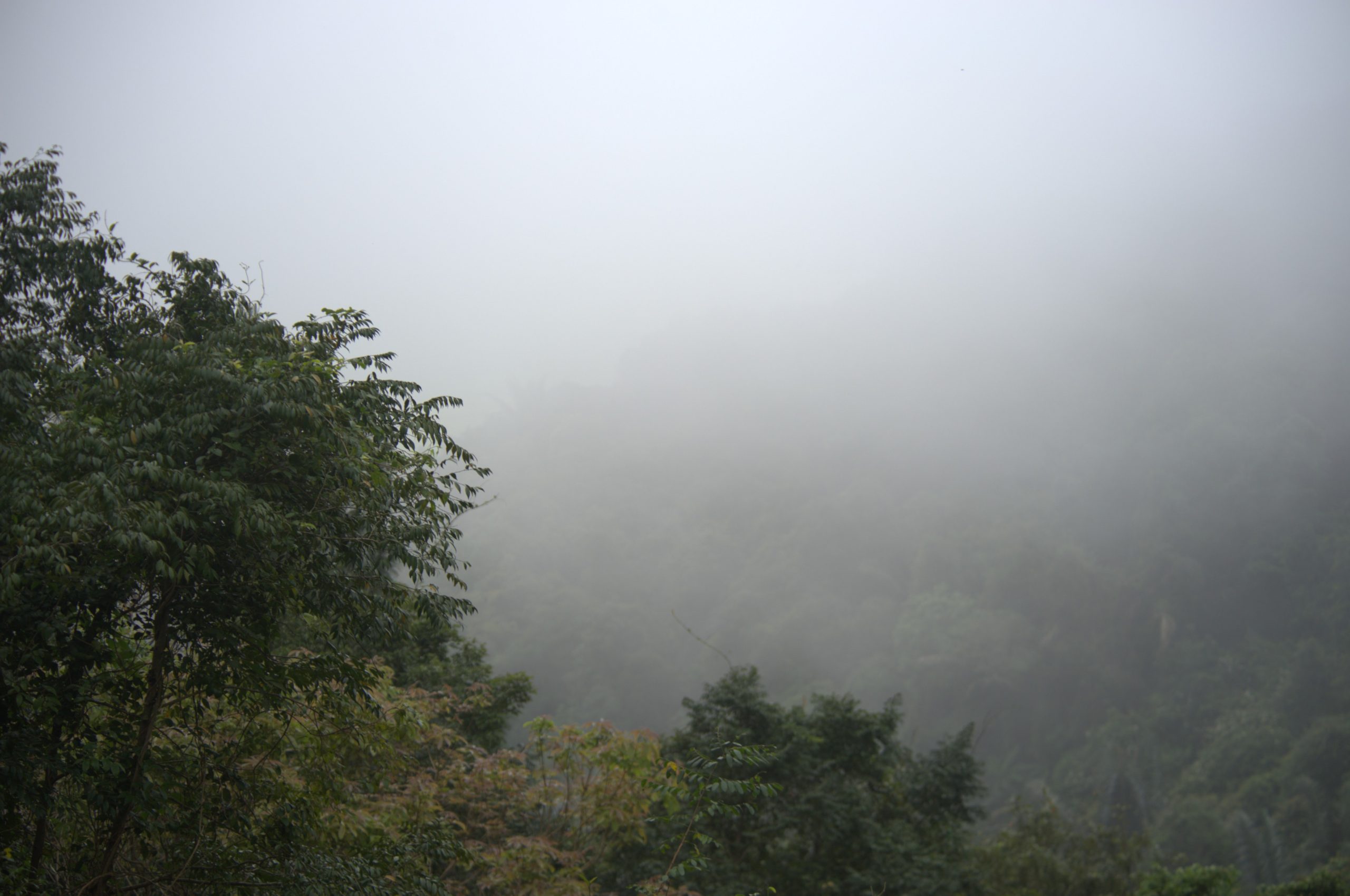
With these questions in mind, a CTNC research team embarked on a challenging and hopeful new chapter, conducting a field survey from March 31 to April 10, 2025. The experts tirelessly trekked dozens of kilometers daily, navigating dense forests and conquering the treacherous mountainous terrain characteristic of the region. They not only diligently searched for subtle signs like feces and feeding traces, or listened for distant calls echoing through the valleys, but also dedicated time to in-depth interviews with local residents and officials. Their aim was to locate new populations and understand the threats jeopardizing the gibbons’ survival.

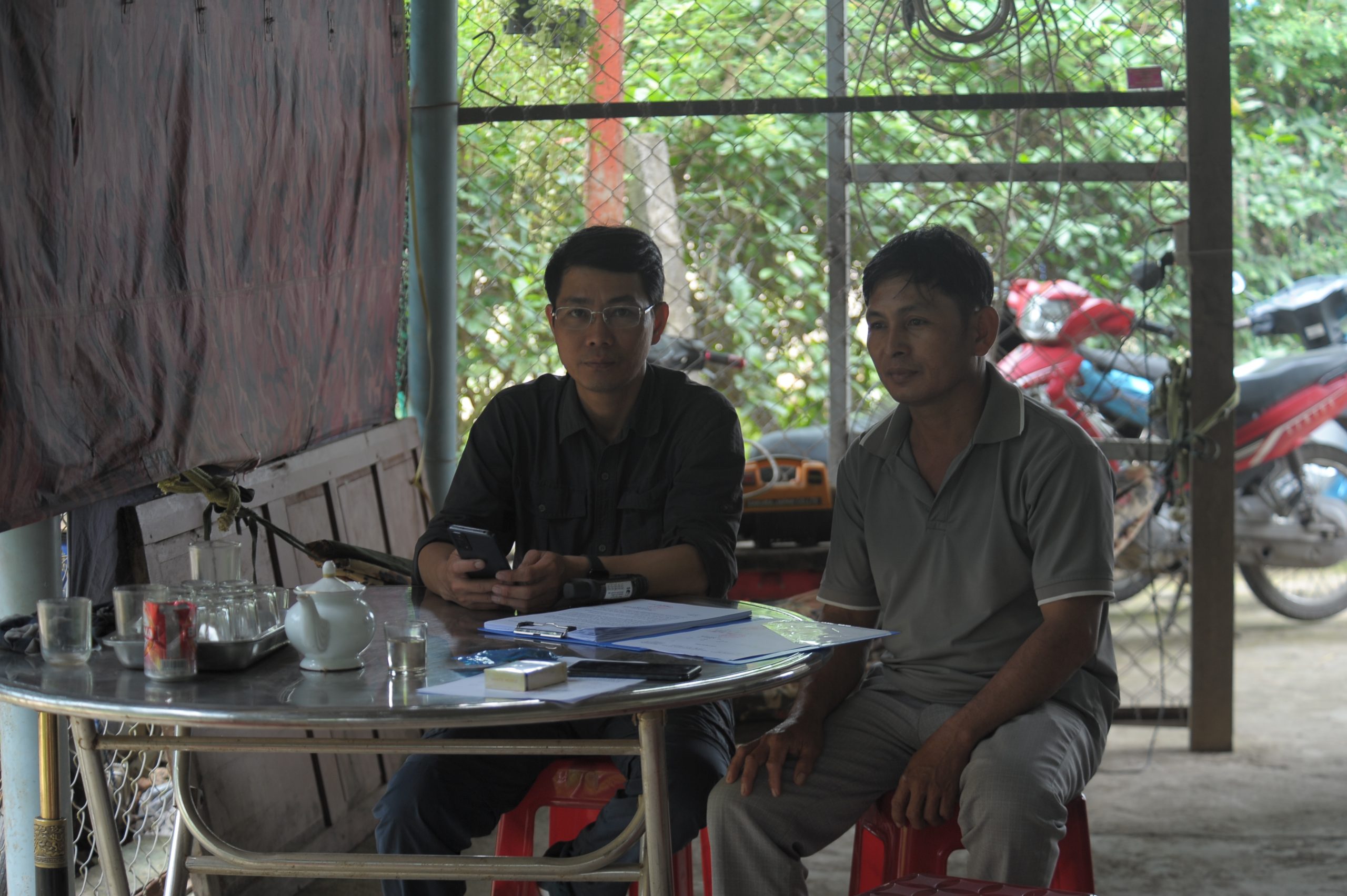
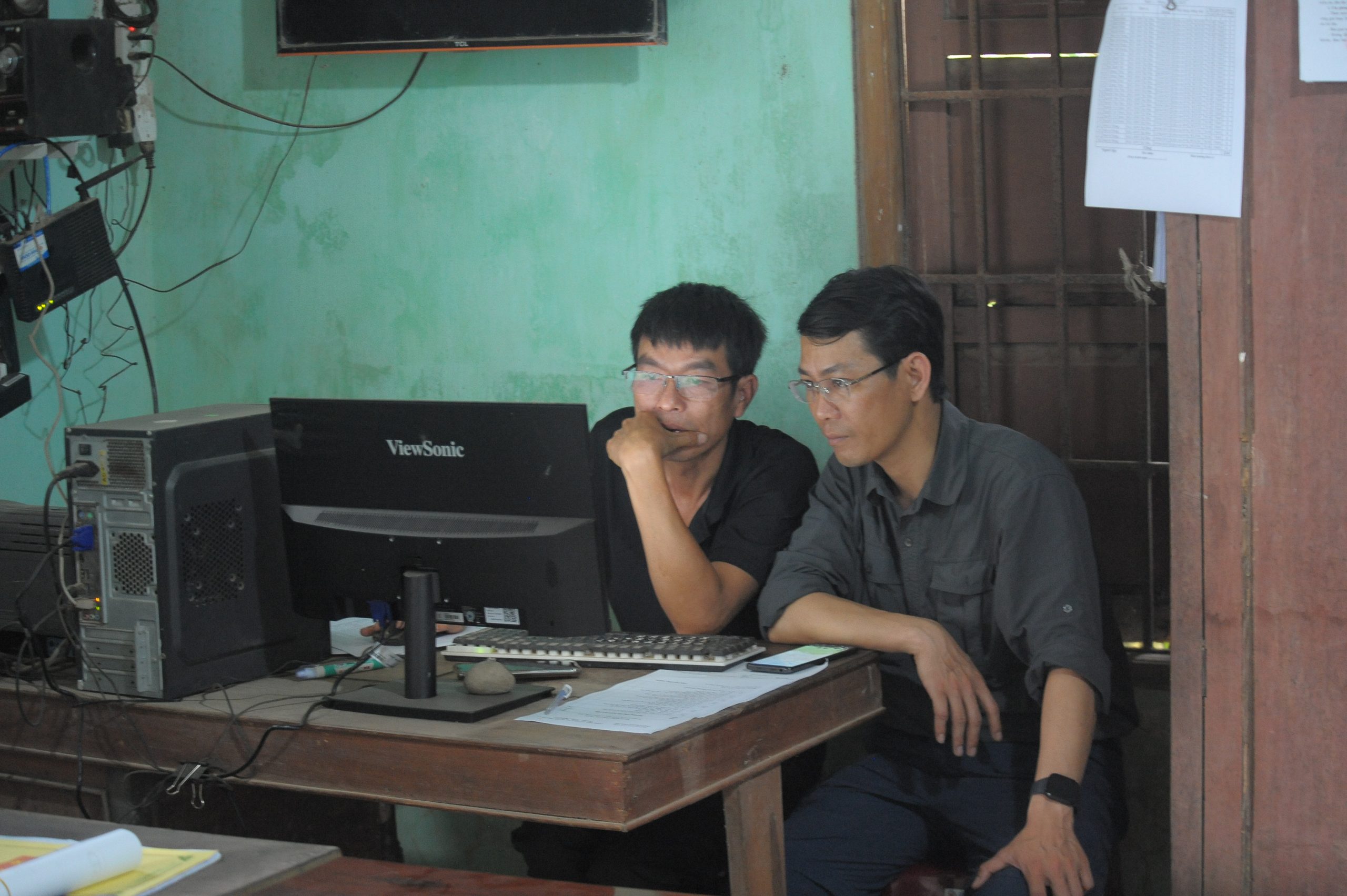
As a fitting reward for their relentless efforts, the days spent in the forests allowed the CTNC team to confirm something extraordinary: the gibbon troop they had previously known was not alone. At least two more Southern Yellow-Cheeked Gibbon populations were discovered. Although living tens of kilometers apart, the presence of more than one gibbon troop has ignited immense hope for the possibility of connectivity between populations, opening up opportunities for the recovery and sustainable development of this valuable primate right there in Deo Ca.
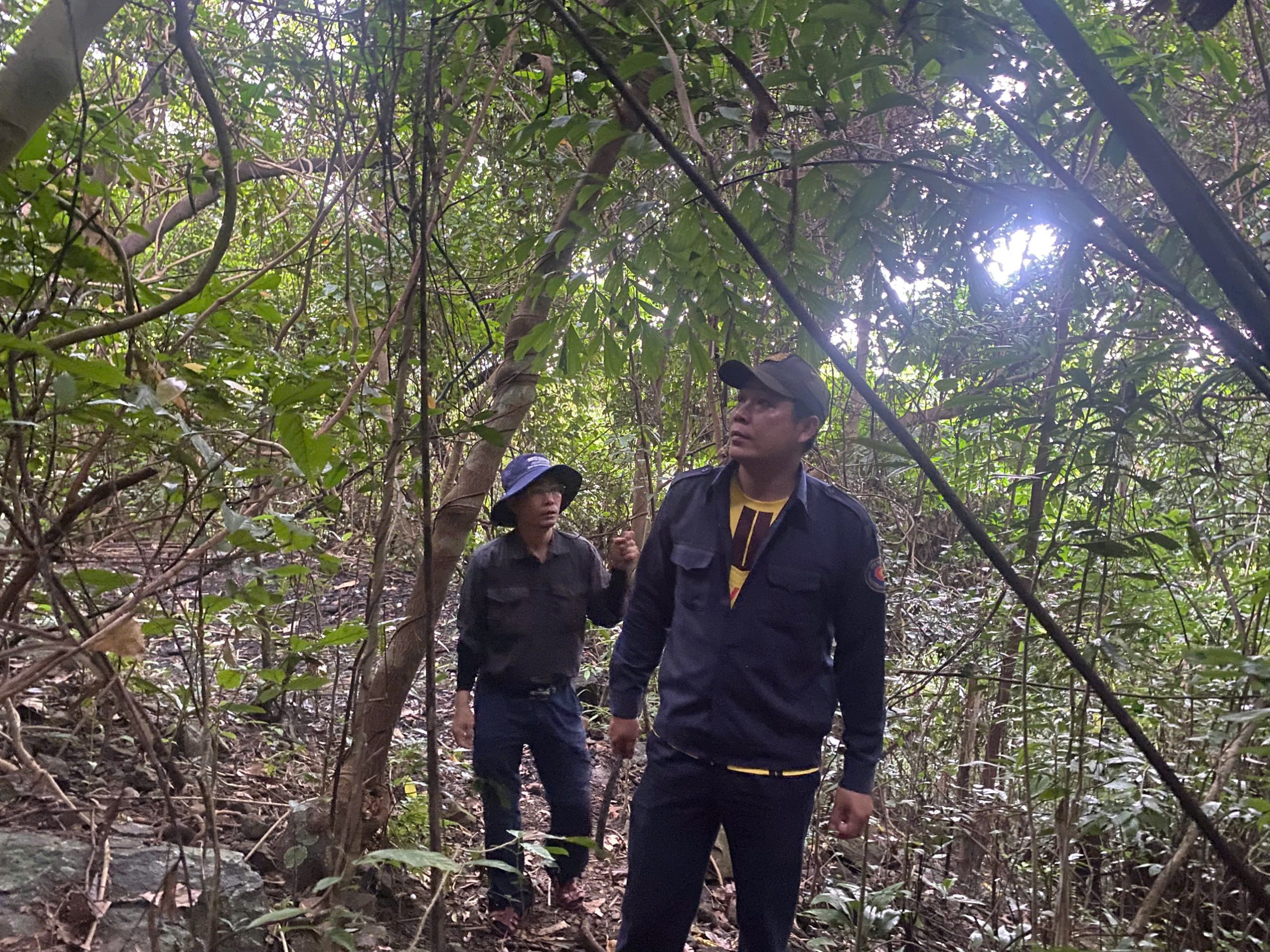
The excitement of new discoveries comes hand-in-hand with a growing responsibility to protect. Conservation efforts cannot stop at scientific observations; they demand concrete, practical actions on the ground. Alongside the survey work, CTNC organized an intensive technical training course on SMART (Spatial Monitoring and Reporting Tool) Mobile for six key staff members of the Deo Ca Special-Use Forest (Deo Ca SUF). Concurrently, CTNC established a patrol data model for the Deo Ca SUF, focusing on monitoring violations in the newly discovered Southern Yellow-Cheeked Gibbon populations.
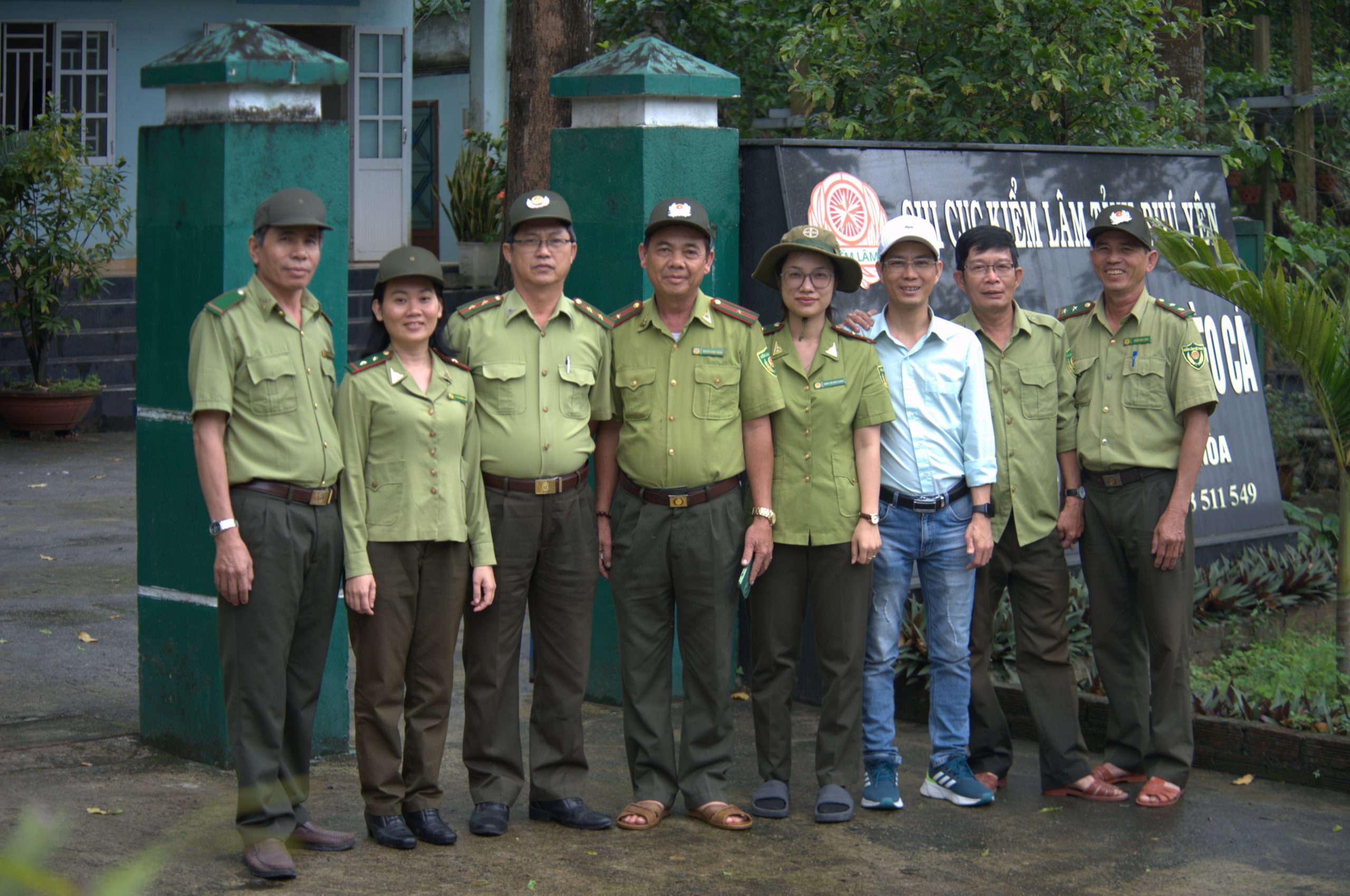
During the training, CTNC experts imparted essential knowledge and skills, from installing and configuring SMART Mobile for optimal use, to proficiently collecting and recording biodiversity monitoring data (including tracking the newly discovered gibbon troops) and potential threats in a standardized and efficient manner. This strategic step equips those directly involved with forest management with a powerful tool, enabling them to transform raw data into valuable information for timely decision-making and action.




Share by: